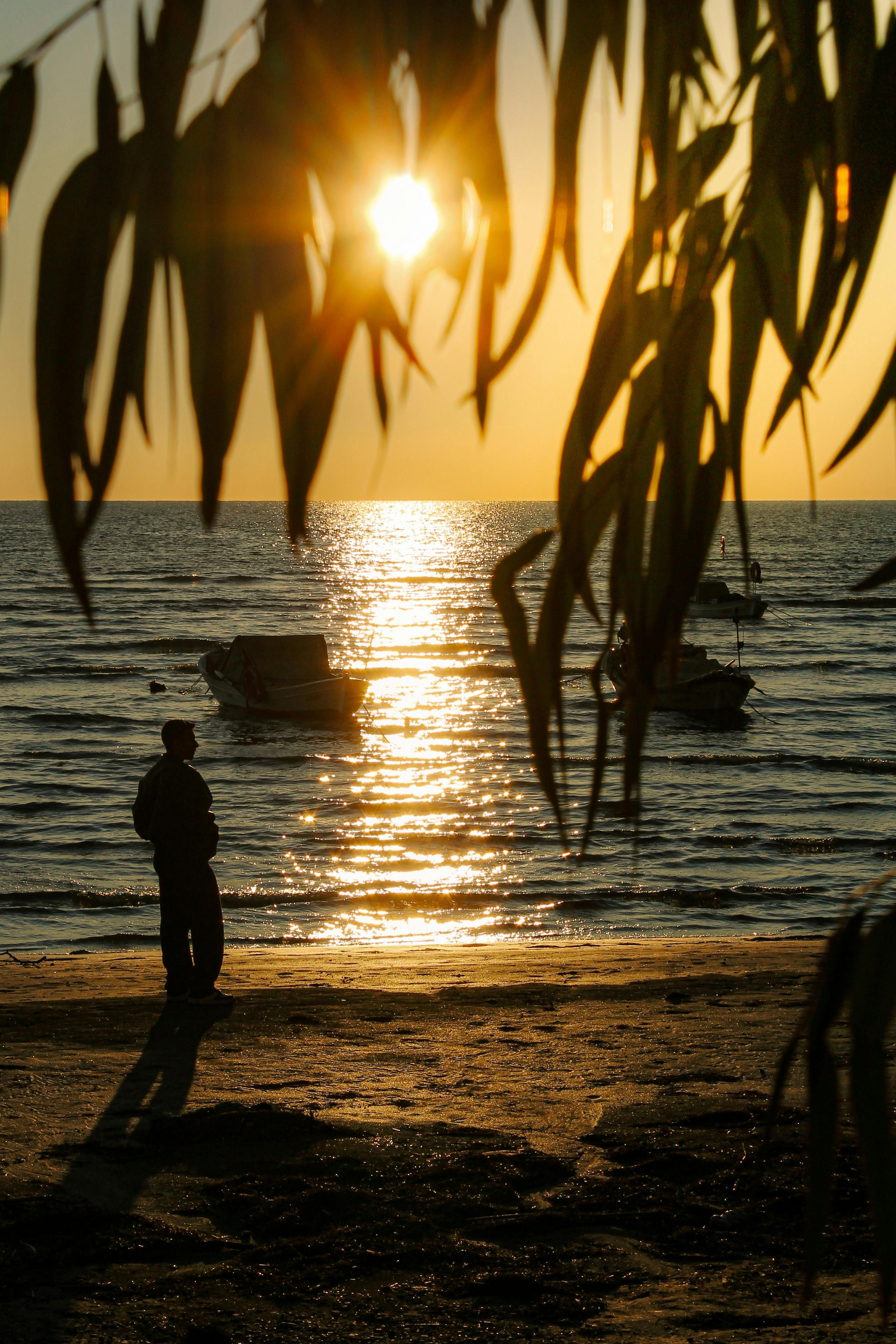Escalating Baltic Sea activities by Russia pose a growing risk of unintended military encounters, according to Latvian intelligence.
Latvia's Military Intelligence and Security Service (MIDD) has sounded the alarm, stating that Russian military actions in the Baltic Sea are escalating the threat of accidental military incidents. The MIDD annual report, cited by Latvian media on May 6, accuses Russia of aggressive tactics, including unauthorized airspace incursions and harsh encounters with NATO ships and aircraft [1][4].
The objectives behind these provocations seem to be intimidation and assessment of potential opponents. Moreover, it's not unlikely that Russia plans to discredit the defensive capabilities of neighboring countries [1].
Russia's Baltic Fleet has its headquarters and main base in Kaliningrad Oblast, which grants access to the Baltic Sea. The Russian Admiralty is based in St. Petersburg, also situated on the Baltic Sea [5].
Over the past few years, Russia has revamped its military presence along its Baltic flank. The Western Military District, which previously shared a border with Latvia, has been split into the newly formed Leningrad and Moscow Military Districts. This restructuring was reportedly initiated as a response to Finland and Sweden joining NATO [1][5].
Despite ongoing military reforms, such as the formation of a new army corps and the reorganization of old ones in Karelia and Kaliningrad, the MIDD report suggests that Russia has yet to see a significant boost in its combat power near Latvia. Most of Russia's military forces remain engaged in the conflict in Ukraine [1].
One noticeable change is the reduction in large-scale exercises, primarily due to equipment and manpower shortages. Nevertheless, Russia and Belarus are planning to hold the Zapad-2025 joint military exercises later this year, as part of a biannual series of drills that began in 2009. The previous iteration, Zapad-2021, saw the participation of over 200,000 troops and served as a precursor to Russia's full-scale invasion of Ukraine in February 2022 [3].
Russia appears committed to a long-term militarization strategy, and it aims to expand its armed forces from one million to 1.5 million personnel. The emphasis will be on the western flank [1]. The realization of these objectives may take several years, or even a decade. However, Latvia may expect a gradual increase in troop presence near its borders once the intensity of hostilities in Ukraine subsides [1].
The MIDD report also underscores that Russia's wartime economy will likely remain in place. This economic shift reinforces the need for external confrontation and military expansion, making Moscow's aggressive foreign policy a domestic necessity, according to the MIDD [1].
Insights
- Military Presence and Escalation: Russia's increased military presence in the Baltic Sea, backed by aggressive tactics, presents a growing threat of potential military incidents [1][4].
- Reorganization and Expansion: Russia's military restructuring indicates a focus on expanding and enhancing their military capabilities along the Baltic region and neighboring areas [1][5].
- Large-Scale Exercises: The planned Zapad-2025 exercises, similar in size to those preceding the invasion of Ukraine, raise concerns about a potential prelude to future aggressive actions [3].
- Regional Implications: The heightened Russian military presence and provocations have significant impacts on neighboring NATO states, increasing tensions, testing alliance defenses, and applying political pressure [1][2][3].
Key Developments at a Glance
| Aspect | Details ||-----------------------------|--------------------------------------------------------------------------------------------------------------|| Military Reorganization | Leningrad and Moscow Military Districts established for Baltic/Scandinavia and Central Europe, respectively [1][5] || Troop Expansion | Army size to grow to 1.5 million; brigades expanded to divisions [1][2] || Border Build-up | New bases, infrastructure, and rail lines near Finland, Estonia, Norway [2] || Provocations | Airspace incursions, confrontations with NATO ships and aircraft [1][4] || Large-Scale Exercises | Zapad-2025 planned for September 2025, expected to involve around 100,000 troops [3] || Regional Impact | Increased NATO defensive posture, heightened risk of incidents, political pressure on neighboring countries [1][2][3] |
These developments illustrate an escalation in military activities by Russia in the Baltic Sea region, which may have detrimental effects on regional security and stability.
- The Latvian Military Intelligence and Security Service (MIDD) has expressed concerns about escalating Russian military actions in the Baltic Sea, citing unauthorized airspace incursions and harsh encounters with NATO ships and aircraft as signs of aggressive tactics [1][4].
- The MIDD annual report suggests that Russia's objectives behind these provocations include intimidation, assessing potential opponents, and potentially discrediting the defensive capabilities of neighboring countries [1].
- With the Western Military District restructured into the Leningrad and Moscow Military Districts, Russia appears committed to a long-term militarization strategy, with a focus on expanding and enhancing military capabilities in the Baltic region and neighboring areas [1][5].
- The planned Zapad-2025 joint military exercises between Russia and Belarus, along with the reduction in large-scale exercises due to equipment and manpower shortages, raise concerns about a potential prelude to future aggressive actions [3].








